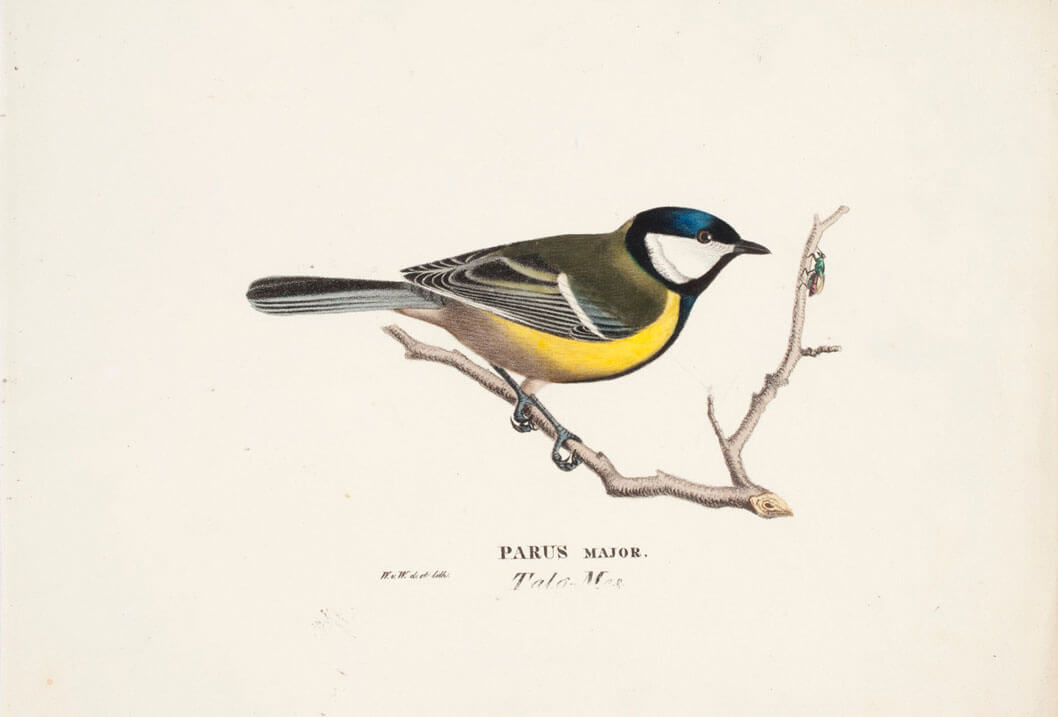Very common as long as there are trees: gardens and parks in town, forests and hedges in the countryside. It is not very shy and readily approaches homes, especially in winter when food is available.

It nests in cavities in trees, walls, as well as in the nest boxes that are made especially for it.
It is recognizable by its yellow belly crossed by a wide black stripe, reminding a tie. The tie also enable to distinguish male and female: in the male, the tie widens towards the bottom of the belly, whereas in the female, it narrows.
The first brood is raised in April, with the fledgelings appearing from the beginning of May. Subsequently, they are able to raise two more broods until August if the weather is favorable. A couple can give birth to 15-20 chicks in a single year!
Many, however, will perish during the first weeks, especially under the claws of predators. For the population to remain stable, the survival of two of these young until the following spring will be enough if they manage to reproduce. They can live up to about 5 years.

